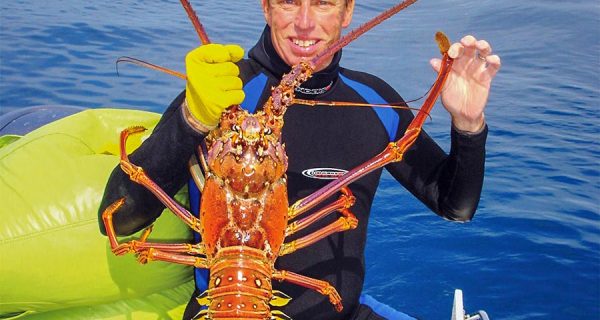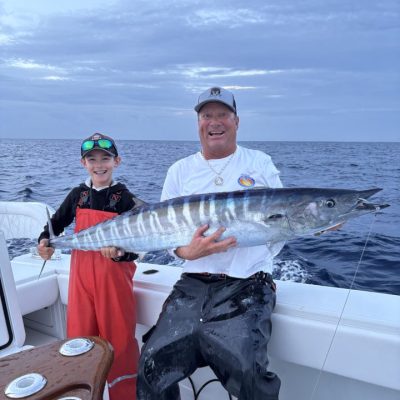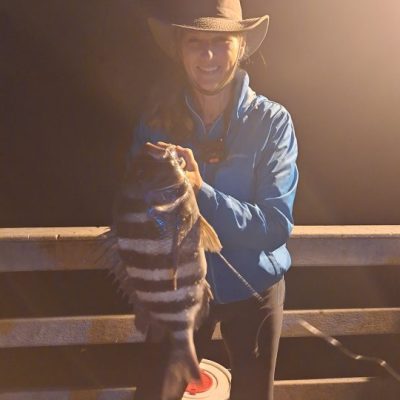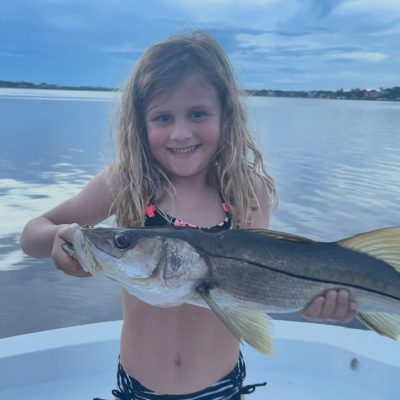Diving & Spearfishing
All the news in the world of diving and spearfishing.
Latest in Diving & Spearfishing

History’s Alive On Palm Beach’s Wrecks
Below the ocean’s surface rest giants, the wooden and steel beauties that once demanded the sea’s attention. Lying there quietly, …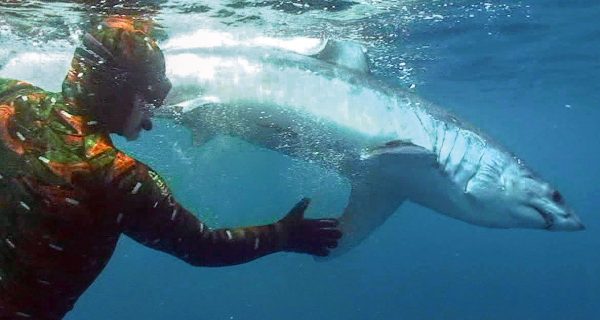
What About Sharks?
Everything we do in life carries risks, even going for a drive. Wear your seatbelt, learn to be a defensive …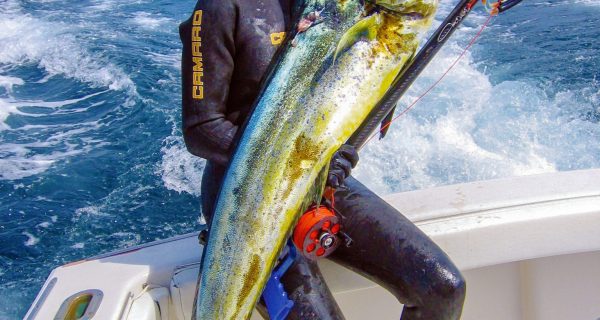
Magnificent Mahis
Mahis, with their dazzling colors, are one of the most beautiful and tasty fish in the sea. They are pelagic …
Palm Beach’s Blackwater Diving Addiction
There is this plaguing desire to stay out late into the night, drifting over deep, dark seas on the hunt …
My First Mini-Season
What might feel like the Black Friday of the sea to some used to feel like magic to me. My …